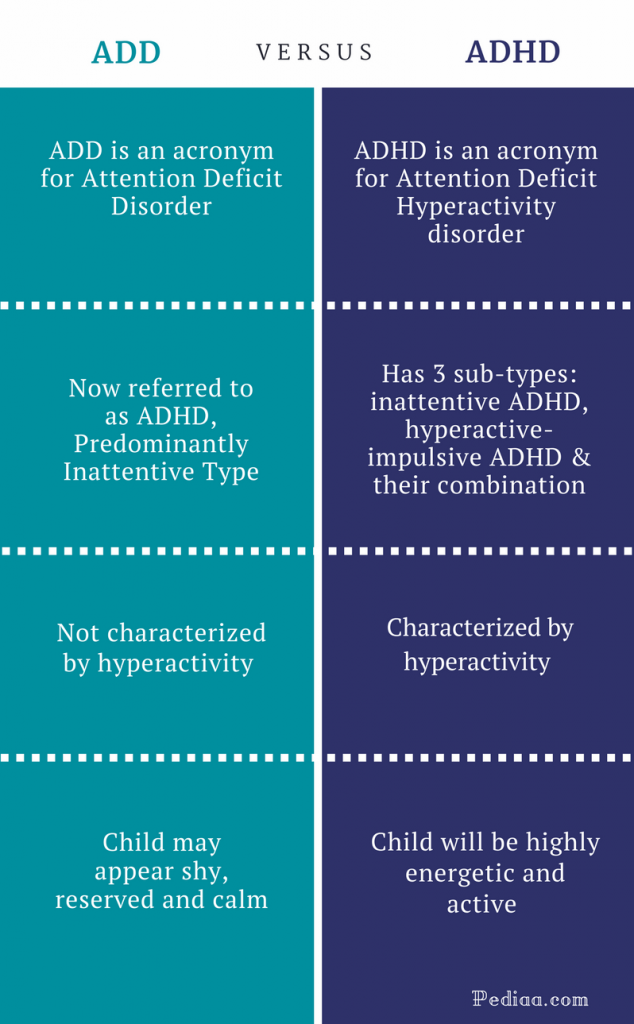

The school may try to tailor your child’s IEP around its existing programs, even though IDEA requires schools to customize the plan based on the child’s needs. TIP: Learn more about writing and implementing an IEP - including required provisions and the evaluation-team composition - on the federal Education Department’s web site. Unlike an IEP, there are no legal requirements about what should be included in a 504 Plan, and the school isn’t required to involve the child’s parents in the process (although many schools do). If your child qualifies under Section 504, a school representative will help you and your child’s teacher compile a 504 Plan, or a written list of accommodations that must be followed at all times. Unless the strategies are specified, there’s no way to enforce them. Include time limits: “By month three, James will reduce his interruptions from 10 per day to 2 per day.” The IEP should explain exactly how James will be taught to stop interrupting. Make sure the IEP spells out exactly how the school will help your child meet his goals, which should be specific, measurable, and achievable. If your child qualifies under IDEA, you should meet with the team to develop an Individualized Education Program (IEP), which specifies your child’s educational goals and how those goals will be met in the ‘least restrictive environment’ - which generally refers to a regular classroom. Just as the school must provide ramps for kids in wheelchairs, it must make modifications (such as preferential seating, extra time on tests, or help with note taking) for kids with brain-based learning barriers.įYI: If the team decides your child doesn’t need special ed, you’re entitled to appeal your case in a “due-process” hearing – a legal proceeding that often requires legal representation for the family, testimony from independent experts, and a review of meeting transcripts, test scores, and other documents. The law prohibits schools from discriminating against students because of physical and mental impairments. Section 504 covers ADHD kids who don’t qualify for special-ed services under IDEA, but who need extra help in the classroom. If your child’s ADHD is so severe that he’s unable to learn in a regular classroom, he may qualify. Some qualify under another IDEA category: Other Health Impairments. Kids may qualify for coverage if they frequently have one of these problems in addition to attention deficit. IDEA covers kids with very specific conditions, including intellectual disability, emotional disturbances, hearing impairments, and speech and language difficulties. Two federal laws provide for free, public special education services: the Individuals with Disabilities Education Act (IDEA) and Section 504 of the Federal Rehabilitation Act. (See our checklist of academic records that every parent should keep!) 3. TIP: Bring copies of your child’s report cards, standardized test results, and medical records, as well as a log of your communications with the school and other professionals to the meeting. Following the assessment, you will discuss the results with the evaluation team and together you will decide whether your child needs special-education services to address how ADHD impacts her ability to learn. Team members will review your child’s academic records, conduct a behavioral assessment, and observe her in the classroom. As part of the process, they’ll want to meet with you to learn more about how your child functions in school. Meet With the Evaluation TeamĪ school-sponsored evaluation is conducted by a multidisciplinary team - including special-education teachers, the school psychologist, and other professionals. TIP: Send your letter by certified mail or hand-deliver it and keep a dated proof of receipt for your records. (In some circumstances, the school may have to pay for the outside assessment.) Should the school decline your request, or if you’re dissatisfied with the evaluation’s findings, arrange for a private ADHD evaluation. (It’s often a waste of time to send the letter to the child’s teachers, guidance counselor, or principal.)
:max_bytes(150000):strip_icc()/add-vs-adhd-5193759_final-ef0ac3362ac54bd7be1ec06481878560.jpg)
Write a letter requesting an evaluation to see if your child with ADHD might benefit from academic accommodations.Īddress it to the chairperson of the Committee on Special Education Services - aka the Director of Special Education Services. Follow these eight steps to take the hassle out of requesting and establishing an IEP or 504 Plan for ADHD. The process of securing academic accommodations for your child with attention deficit disorder ( ADHD or ADD) can be confusing - and intimidating.


 0 kommentar(er)
0 kommentar(er)
